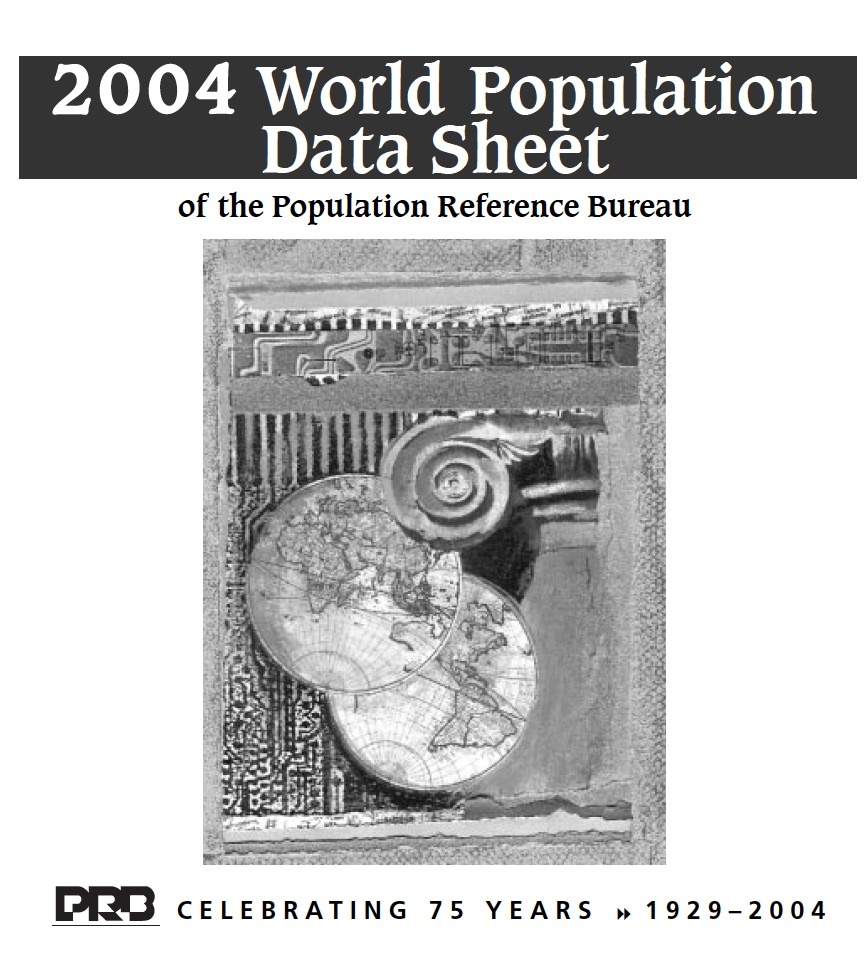21st Century Will Transform World Population
(2001) It is now clear that the 21st century will feature a major transformation in world population.
(2001) It is now clear that the 21st century will feature a major transformation in world population.

As the Asia-Pacific region's population shifts due to low fertility and societies age, women may face specific challenges tied to factors like their longevity, financial resources, and caregiving responsibilities.
(2010) The United States has a lower life expectancy than many other wealthy countries—and the gap has been widening over the last two decades.
(2010) Many developing countries adopted policies to slow population growth in the latter half of the 20th century in response to population growth rates that had risen to three or more times greater than those ever observed in industrialized countries.

(2004) The starkly uneven pace of population growth between most developing and industrialized nations represents the world's major demographic fault line. The Population Reference Bureau's just-released 2004 World Population Data Sheet demonstrates that nearly 99 percent of all population increase takes place in poor countries, while population size is static or declining in the rich nations.
(2004)World population was transformed in the 20th century as technological and social changes brought steep declines in birth rates and death rates around the world. The century began with 1.6 billion people and ended with 6.1 billion, mainly because of unprecedented growth after 1960.
September 2008) More than 80 million people were added to the world's population in 2008, which ensures continued growth in coming decades.
(2009) The United States has higher fertility rates among teenage girls compared with other developed countries of the world.1 For example, girls ages 15 to 19 have fertility rates more than five times higher than their counterparts in developed countries such as France, Italy, Japan, Slovenia, and Switzerland.